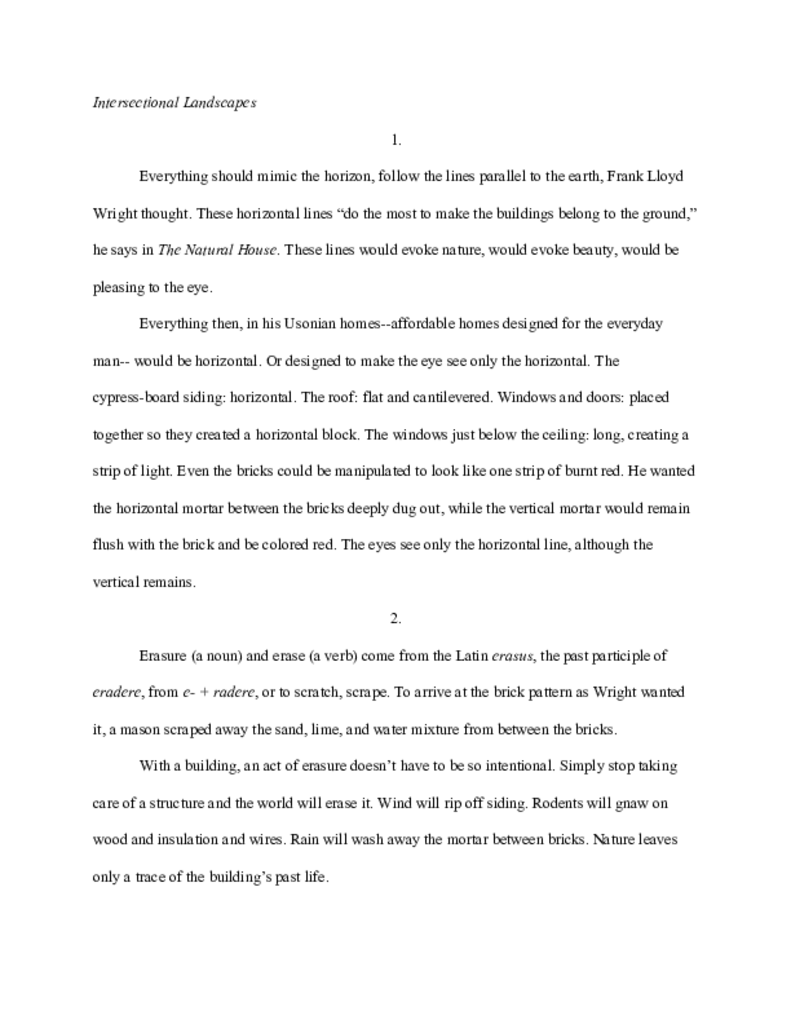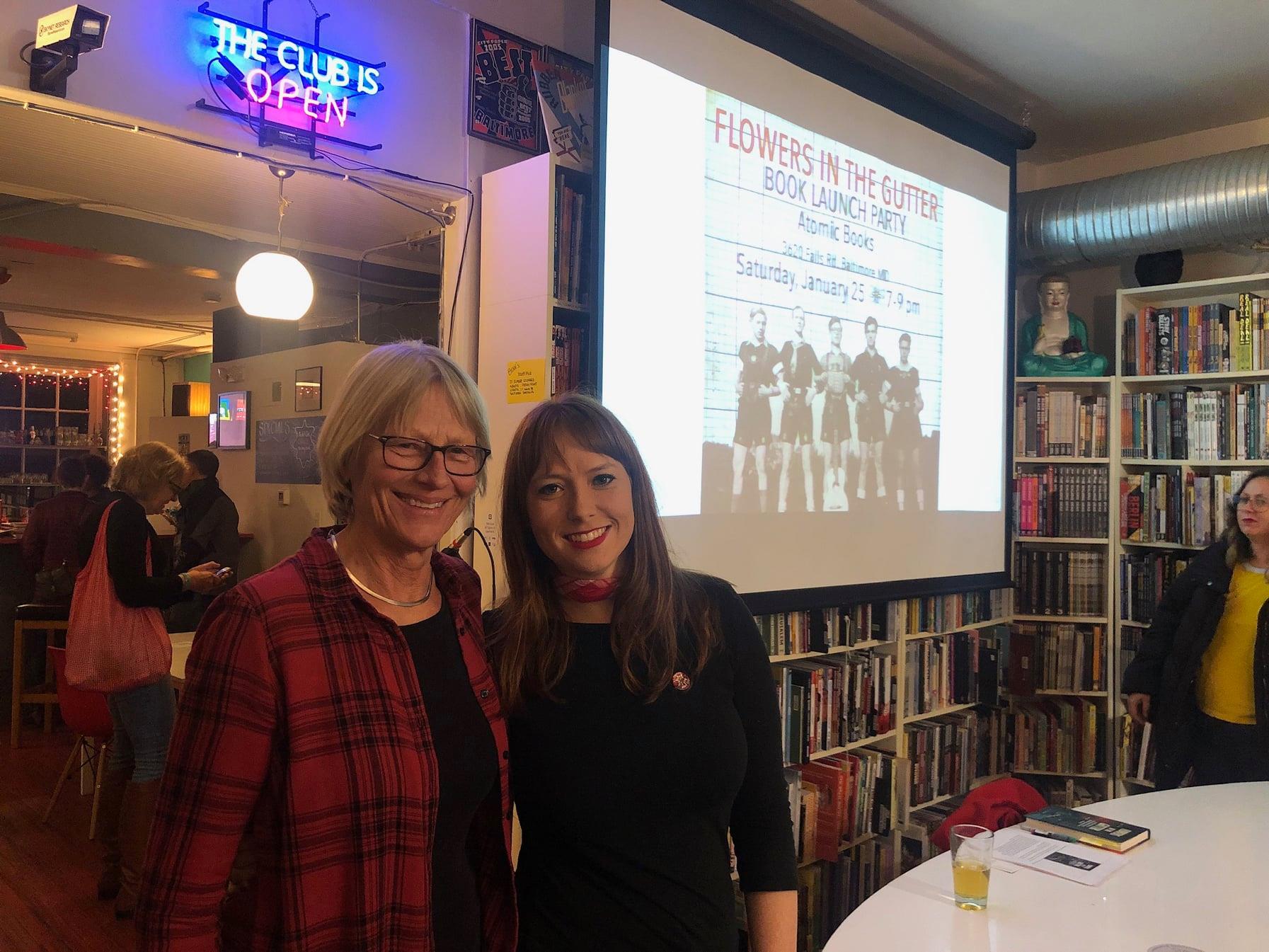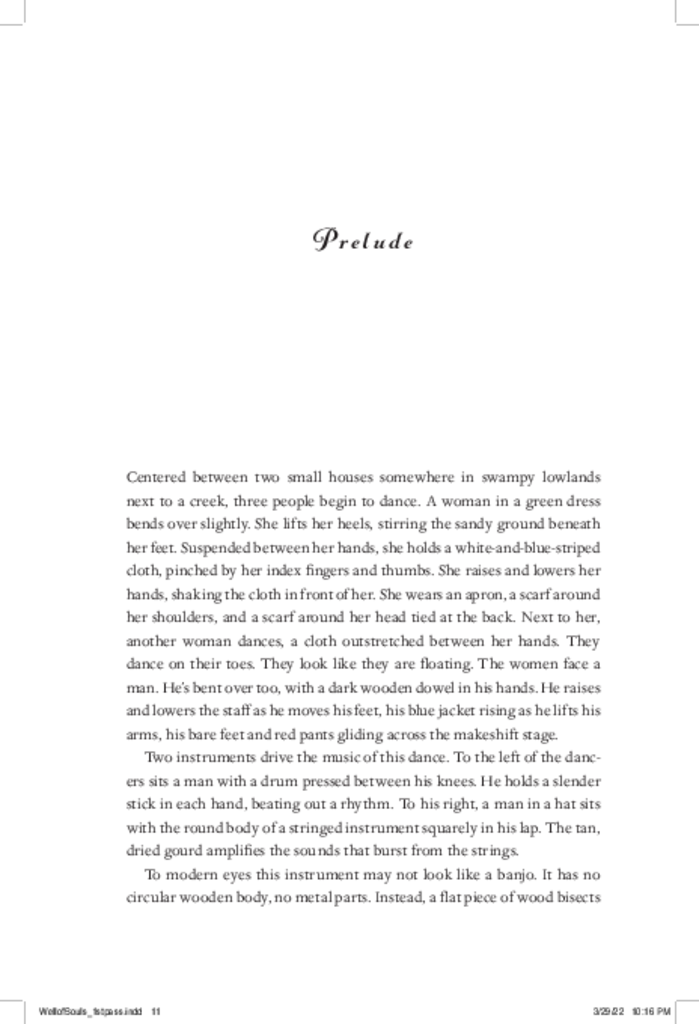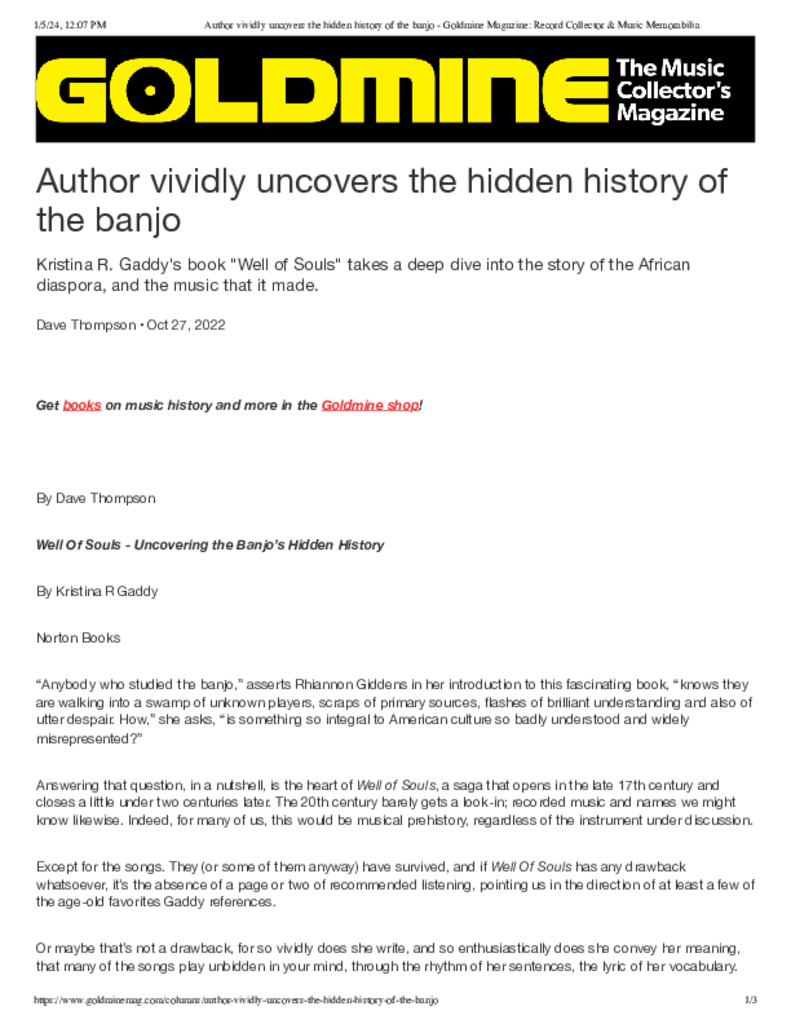Work samples
-
Flowers in the Gutter: The True Story of the Edelweiss Pirates, Teenagers Who Resisted the Nazis (Excerpt)
Fritz, Gertrud, and Jean were classic outsiders: their clothes were different, their music was rebellious, and they weren’t afraid to fight. But they were also Germans living under Hitler, and any nonconformity could get them arrested or worse. As children in 1933, they saw their world change. Their earliest memories were of the Nazi rise to power and of their parents fighting Brownshirts in the streets, being sent to prison, or just disappearing.
Available for PurchaseThe book is available for purchase from all major retailers. Find more information here.
-
Well of Souls: Uncovering the Banjo's Hidden History (Excerpt)
In an extraordinary story unfolding across two hundred years, I uncover the banjo’s key role in Black spirituality, ritual, and rebellion. Through meticulous research in diaries, letters, archives, and art, I trace the banjo’s beginnings from the seventeenth century, when enslaved people of African descent created it from gourds or calabashes and wood. I show how the enslaved carried this unique instrument as they were transported and sold by slaveowners throughout the Americas, to Suriname, the Caribbean, and the colonies that became U.S. states, including Louisiana, South Carolina, Maryland, and New York.
Available for PurchaseThe book is available for purchase from all major book retailers. More information can be found here.
-
Intersectional Landscapes
"Intersectional Landscapes" is an essay that explores history, architecture, and erasure through two homes. I wrote the essay while at the Woodlawn and Pope-Leighey Houses in northern Virginia as part of the Inner Loop Literary's writer-in-residence program. This allowed me to explore these places unencumbered, but also gave me the time to think about why we preserve certain spaces and what stories we tell about those spaces, for better or worse.
The essay appears in A Harp in the Stars: An Anthology of Lyric Essays, edited by Randon Billings Noble and published in 2021 by the University of Nebraska Press.
About Kristina

Kristina R. Gaddy is an award-winning writer who believes in the power of narrative nonfiction to bring stories from the past to life in order to inform the world we live in today. She is the author of three books of nonfiction, and is at work on two more.
Her new book A Most Perilous World: The True Story of the Young Abolitionists and Their Crusade Against Slavery (Dutton 2025) follows the four young adult children of prominent abolitionists (… more
Flowers in the Gutter: The True Story of the Edelweiss Pirates, Teenagers Who Resisted the Nazis
In Cologne and the surrounding Rhine Valley of Germany, groups of working-class kids got together to fight the Nazis during the Third Reich. They called themselves the Edelweiss Pirates and moved from passive resistance by not participating in the system to active resistance by distributing anti-Nazi fliers, beating up Hitler Youth (yes, they were the original Nazi-punchers), painting graffiti on Nazi buildings, shooting a Gestapo officer, and even plotting to blow up the Gestapo headquarters in Cologne.
Their status as a resistance group was not recognized until 2005, and because they were seen as anti-authoritarian wild kids—just punks rather than student protesters like other, more famous resistance groups — they've mostly been left out of the narrative of Nazi resistance groups in Germany. But their story is nonetheless compelling and unique: rebel kids —boys and girls — who loved music and dressing differently but who also did what is was right in the eyes of history. It has a beautiful arc: their actions follow the rise and increasing horrors of the Nazis and give an overview of the Third Reich and World War II. And it's tragic: just months before the end of the war, the Nazis wanted to show Germans and the world that they still had control, and so they hanged some of the kids from ad-hoc gallows in the street.
The story remains incredibly timely, especially for young readers growing up in world of populist politics, violent partisanship, and increasingly naked racism. This book provides much needed historical context for young people who want to resist.
Flowers in the Gutter is the first time the Edelweiss Pirates story has been told in English, and the excerpt comes from the first chapters of the book.
Praise for Flowers in the Gutter (Dutton YR 2020):
"An eye-opening account of tenacity that brings the efforts of young anti-Nazi activists vividly to life.“—Kirkus Reviews, starred review.
”[C]arefully and expertly researched. […] Readers will enjoy learning about these resistance groups in this truly new and unique addition to the YA World War II literary canon. A must-read.”—School Library Journal, starred review.
“The stories of these brave children need to be more well-known and further underscore just how much children and young adults have always led the way in political activism and resistance against evils. A deeply affecting book.”—Teen Librarian Toolbox
“[A] beacon of inspiration to today’s youth.”—Nerd Daily
“Supplemented by pictures and documents, Gaddy’s thorough research shines a light on a heroic group of Germans that often goes unmentioned.”—Booklist
A School Library Journal Best Book of the Year
-
Excerpt from Flowers in the Gutter
This is an excerpt from Flowers in the Gutter from the advance review copy. I wanted to immediately give readers the stakes of the story, and so started in media res, with Gertrud dropping leaflets at the main train station in Cologne with her friends. Then, we learn how she came to commit this daring act.
-
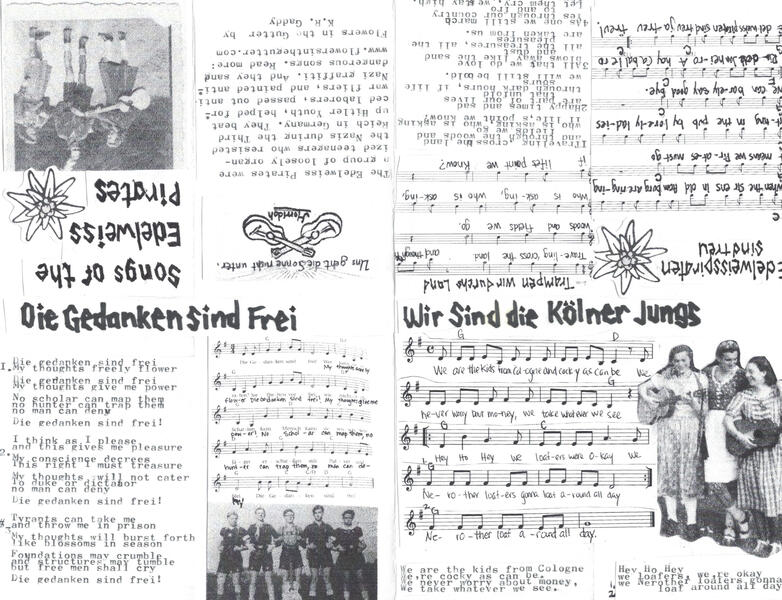 Songs of the Edelweiss Pirates Zine
Songs of the Edelweiss Pirates ZineAlthough much of my book tour for Flowers in the Gutter was cancelled due to COVID-19 lockdowns, I made this zine of Songs of the Edelweiss Pirates for people to download and print themselves and to give out for free at events. Being a musician, one of the things that appealed to me about the Pirates was how they used music as resistance. I thought that some of their songs should live on as protest music today, so I translated and notated them. I also thought the copy-paste/ black-and-white aesthetics of the zine fit with the proto-punk ethos of the Pirates.
-
Flowers in the Gutter at the Gaithersburg Book Festival
While almost all of my events for Flowers in the Gutter were cancelled due to the COVID-19 pandemic, I was able to do remote events, including this bonus video for the Gaithersburg, Maryland Book Festival. I give a brief overview of the Edelweiss Pirates and share some images from the book.
-
 Flowers in the Gutter
Flowers in the GutterThe cover of Flowers in the Gutter, which features an illustration of an Edelweiss Pirate running away after punching a Nazis. They're on the bridge in Cologne, with the famous Kolner Dom Cathedral in the background and bombers flying overhead.
Available for Purchasehttps://www.penguinrandomhouse.com/books/575238/flowers-in-the-gutter-by-k-r-gaddy/
-
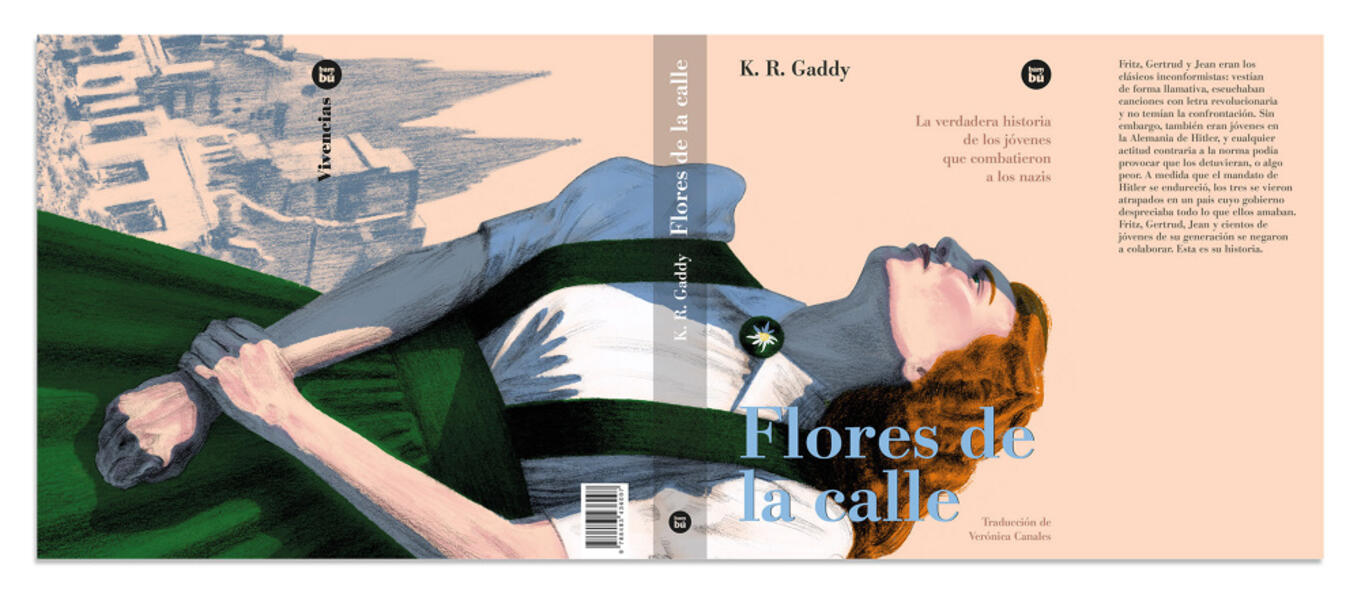 Flores de la Calle
Flores de la CalleThe Spanish cover of Flowers in the Gutter, done by artist Diego Mallo.
-
 Researching in Cologne
Researching in CologneMy books rely heavily research in both primary and secondary sources. I want readers to feel, hear, and see what my characters did; I want to immerse readers in the world that my characters inhabited. For Flowers in the Gutter, I visited the archive at the El-De Haus, which is now the Nazi Documentation Center in Cologne (pictured here). I also visited the regional archive of Nordrhein Westfalen, which holds the Gestapo archive, including the original arrest records, interrogation reports, and internal memos relating to the Edelweiss Pirates. It was both exciting and harrowing to hold the documents that were in the room with the Pirates.
-
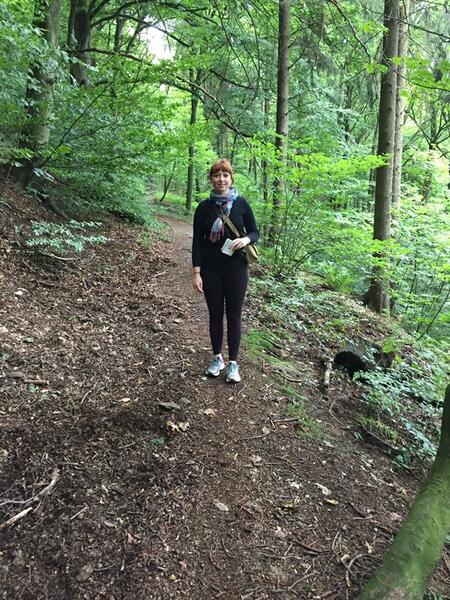 Walking in the Siebengebirge
Walking in the SiebengebirgeDuring my research for Flowers in the Gutter, I traveled to Cologne. Equally important to visiting archives for me was going to the places that the Edelweiss Pirates had been, whether in the city or in the country on one of their many hikes. They loved to escape the city and go camping, and would have been on the same trail I'm on here in the Siebengebirge (Seven Mountains) south of the city.
-
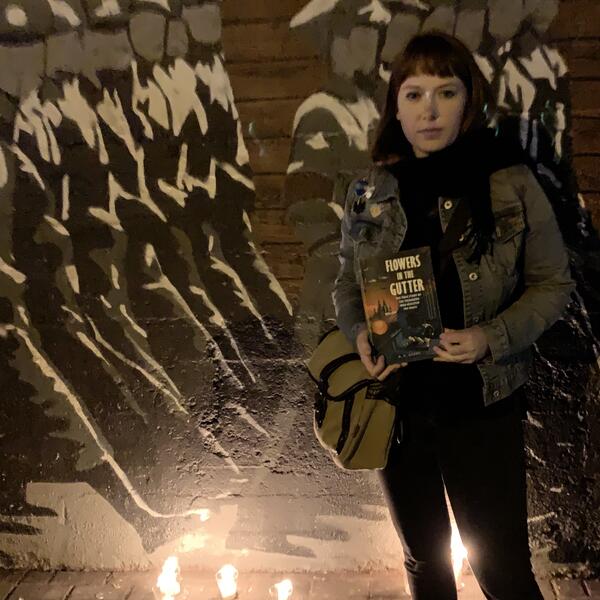 The Edelweiss Pirates Memorial
The Edelweiss Pirates MemorialMe, holding up an advance copy of Flowers in the Gutter in front of a mural in Cologne, Germany for the Edelweiss Pirates. This was during the memorial event for the murder of Edelweiss Pirates and Kristallnacht in 2019. While some people in Cologne (especially the Anti-Fascist League) are very familiar with the Edelweiss Pirates and keep their memory alive, many others are not.
-
 Flowers Book Launch
Flowers Book LaunchAt the book launch for Flowers in the Gutter with my mom, who as a former German professor helped me do research in Germany. I was lucky enough to be able to host the event at Atomic Books in Hampden, Baltimore, where the owners support many local authors.
-
Interview on the CNF Podcast
In 2020, Brendan O'Meara of the CNF Podcast interviewed me about Flowers in the Gutter and my research and writing process.
Well of Souls: Uncovering the Banjo's Hidden History
After a chance encounter with an early 19th century diorama at the Rijksmuseum in Amsterdam and an obsession to learn about the banjo’s earliest history, I felt compelled to write Well of Souls. After all my research, I learned that the early banjo played an integral role in religious rituals practiced widely by enslaved men and women of African descent--a connection scholars and authors had never made before. The banjo was not a folk instrument but a spiritual device: a well of souls. And so, what unfolded in front of me was an aspect of African American lives that has been hidden. When I sat down to actually write the book, I also wanted to make it compelling for audiences. I didn’t just want to lay out a history, I wanted to tell a story. No books about the banjo had taken a creative nonfiction approach centered on character and narrative.
I also realized that it doesn’t mean this history didn’t exist, it means it must be remembered, rebuilt, and reevaluated. This is why the banjo’s earliest history--its lost African American history--must be taken seriously. When we see how the banjo was a part of African diasporic music throughout the Americas, we begin to understand that all music of the Americas has part of the banjo within it.
Well of Souls brings us an unknown side of our American cultural history, where the legacy of slavery, music, and religion collide. This story as a whole makes the landscape of the Americas around 1800 come alive with colors, lyrics, music, and dance. By exploring the lost history of the banjo, this book brings new meaning to American cultural history, places the lives of African Americans and their contributions to American culture at the center of the story, and highlights how spiritual practices like Vodou, Voodoo, and Winti remain alive in American popular culture.
“Nowhere is [the banjo] talked about as a ceremonial instrument, a spiritual instrument—until Kristina's painstaking years-long work to document this unbelievably important aspect… It was incredible. It was unexpected. It was so needed—especially now, in these contentious times--connections to the past that are joyous and beautiful and deep should be treasured. Such as this book."
—Rhiannon Giddens, MacArthur Fellow and Grammy Award-winning musician
Published in 2022 by W.W. Norton, Well of Souls was named one of the best books of the year by The New Yorker and No Depression, and received wonderful praise:
“Superb…Gaddy’s lively storytelling re-creates scenes from 17th-century Jamaica to 19th-century Washington, D.C., and beyond, illustrating not only the birth and development of the banjo but also its co-optation by white people.” -- Henry L. Carrigan Jr. , Bookpage
“A potent combination of research and storytelling…What emerges is an extraordinary narrative of African Americans' resistance to brutalisation and the myriad attempts to destroy, pervert, exoticise or appropriate their cultural practices.” - Steph Power , BBC Music
“Beguiling.… Ms. Gaddy successfully blends archival skills with imagination.” -- Economist
“So vividly does [Kristina R. Gaddy] write, and so enthusiastically does she convey her meaning, that many of the songs play unbidden in your mind, through the rhythm of her sentences, the lyric of her vocabulary. As much as Well Of Souls is a gripping, fascinating, story, it is also a beautifully written one…a novel in documentary’s clothing.” -- Dave Thompson, Goldmine
“Tracing the development of the banjo…this meticulous history also illuminates the difficulties of unearthing a story rooted in the experiences of the enslaved.” -- New Yorker
-
 Well Of Souls Cover
Well Of Souls CoverThe cover of Well of Souls features the Haitian Banza, as it is dubbed. Made by a person of African descent in Haiti, the instrument has a gourd body, a head made of skin, and a neck made of wood. It may not look like a modern banjo, but it has all of the elements that make a banjo, a banjo.
Since the publication of my book, the Musee de la Musique in France, which owns the Banza, has increased their interest in the instrument, and even did carbon-date testing in 2024. They discovered that (as I supposed in the book), the instrument dates to before the Haitian Revolution.
Available for Purchasehttps://wwnorton.com/books/9780393866803/about-the-book/description
-
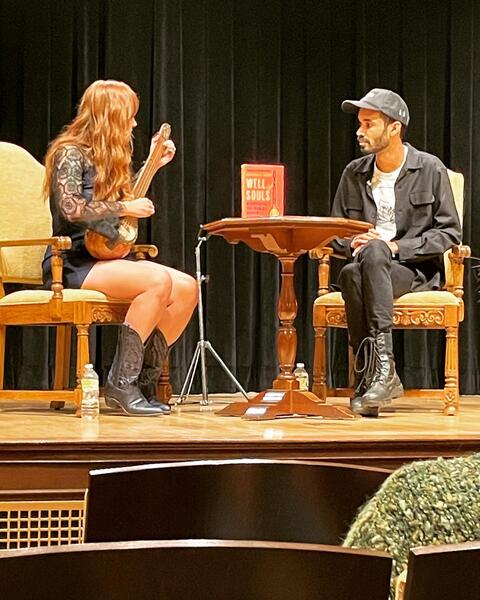 Jake Blount and I at the Pratt
Jake Blount and I at the PrattOne of the most exciting parts of publishing Well of Souls is sharing this important history with readers. In October 2022, I was invited to the Pratt Library Central Branch to be in conversation with musician and scholar Jake Blount about my book. My book tour has taken me beyond Maryland to Virginia, North Carolina, West Virginia, Kentucky, New York, and Rhode Island.
-
Pratt Library Book Launch
In October 2022, I was invited to the Enoch Pratt Free Library's Writers Live! series to discuss my book with musician and scholar Jake Blount. Charlottesville musician Seth Swingle and Baltimore musician Brad Kolodner started us off with some music.
-
 At the James Ford Bell Library
At the James Ford Bell LibraryMy writing relies heavily on primary source materials to create a narrative that immerses the reader in the world of my characters with cultural and social history that connects the past and present. In early 2019, I was able to do research at the James Ford Bell Library at the University of Minnesota thanks to a research fellowship. Much of my work is not possible without these hard-to-come-by opportunities. At the library, I was able to spend time with the papers of John Gabriel Stedman, who collected what is now the world's oldest banjo, and many antiquarian books related to early Atlantic music.
-
 With the Creole Bania
With the Creole BaniaIn 2019, I was also able to visit Amsterdam to view the Creole Bania banjo as part of the "Afterlives of Slavery" exhibit at the Tropenmuseum and the dioramas of Gerrit Schouten that started my writing of Well of Souls. In Amsterdam, I was also able to connect with two Afro-Surinamese musicians who are trying to revive the music the banjo was once central to, much like US musicians including Jake Blount and Rhiannon Giddens are trying to do here. While my writing is heavily informed by research, I write in a narrative style that centers readers in place and the emotions of characters, while still keeping a grounding that explores larger themes of what our society is experiencing today.
-
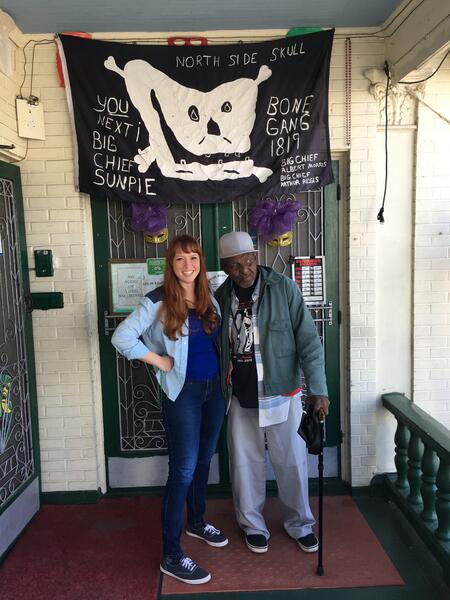 At the Backstreet Cultural Museum
At the Backstreet Cultural MuseumAs part of the Rubys Artist Award, I was also able to travel to New Orleans, where Black music and the banjo has played a central role in shaping the sound of the city. I was able to meeting Sylvester Francis, who founded the Backstreet Cultural Museum to preserve traditions in the city and view the Mardi Gras Indians parading on St. Joseph's Night. Part of what I want to do with this book and research is connect people and places across the Americas to find commonalities between out shared culture.
-
On Jack Dappa Blues
I was invited on the Jack Dappa Blues Radio program to talk more about Well of Souls and the role the early banjo played in Black music, spirituality, religion, and resistance.
-
Goldmine Review for Well of Souls
One of my favorite reviews for Well of Souls comes from Goldmine, a record collecting magazine. Not only did Dave Thompson really understand what I was trying to do with the content of the book, he is so complimentary of my writing (which was also so important to me in the process of writing the book): "so vividly does she write, and so enthusiastically does she convey her meaning, that many of the songs play unbidden in your mind, through the rhythm of her sentences, the lyric of her vocabulary. As much as Well Of Souls is a gripping, fascinating, story, it is also a beautifully written one… a novel in documentary’s clothing."
-
 Rubys Award
Rubys AwardIn 2018, I received the Rubys Artist Award from the Robert W. Deutsch Foundation to support the research and writing of Well of Souls. I was thrilled for the recognition and funding that supported the book.


